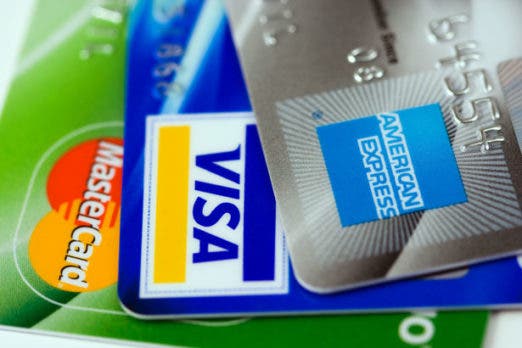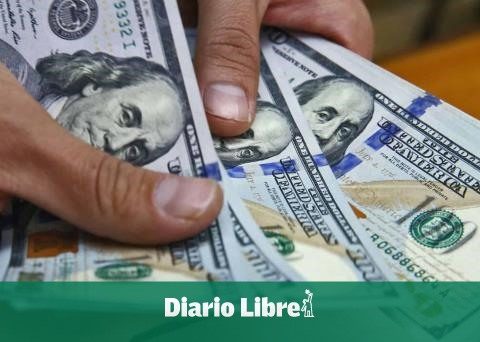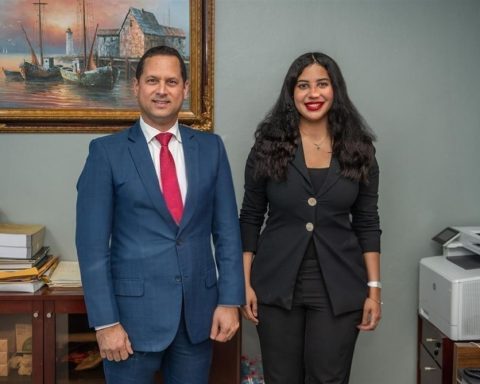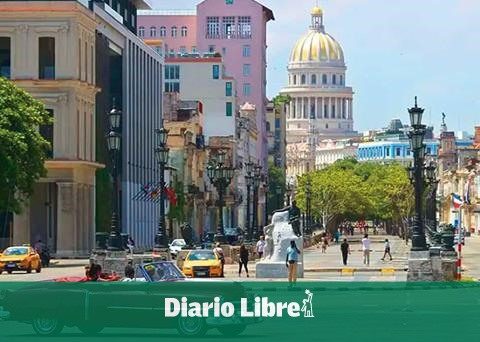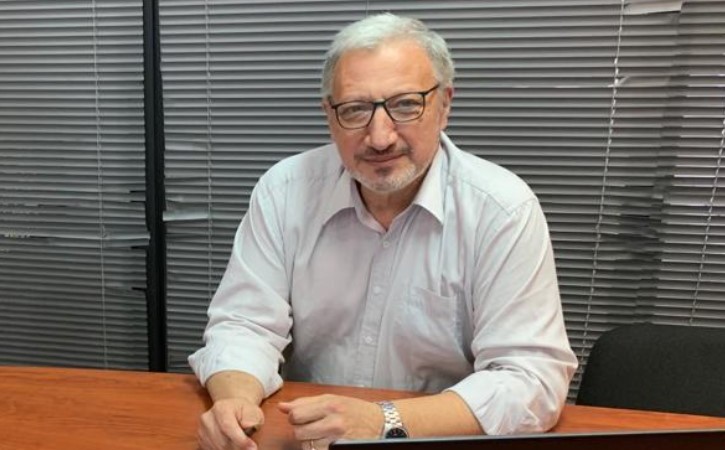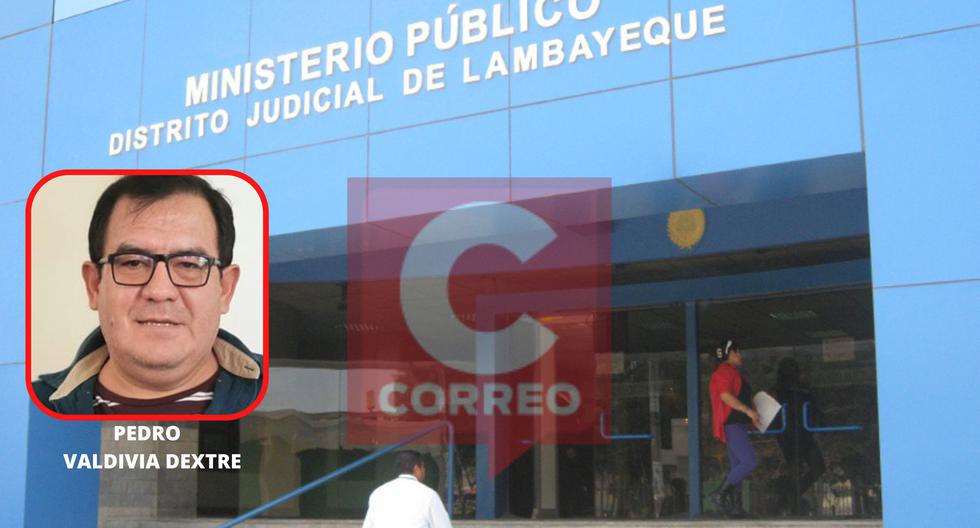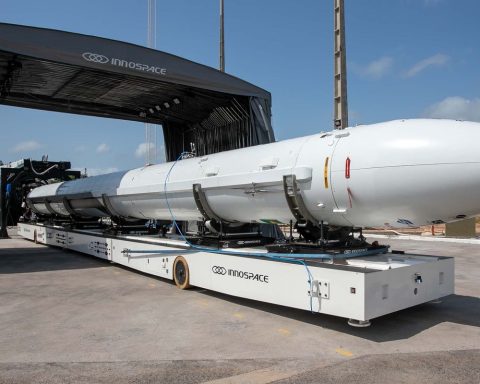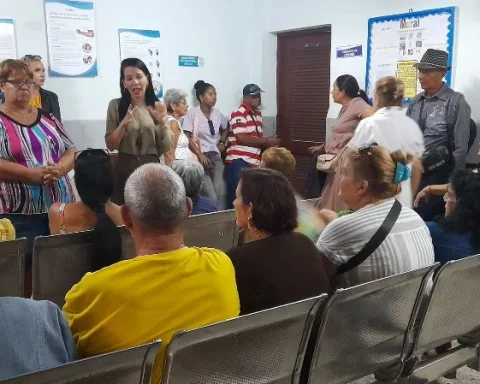The Credit cards they are the best option when you run out of cash. But, this can be a double-edged sword if you don’t know how to use it correctly.
For this reason, today we present the key steps to settle your debt presented by the Superintendency of Banks:
1) Face your debt
You have already taken the first step by reading this article! You have realized that you have a problem and you need to solve it. Congratulations.
Now is the time to know the details of the credit card or the loan, that is, everything you owe. Contact your financial institution to find out the total amount of your debts and their interest rates to date.
Write it all down and face the reality of how much you owe. It can be RD$50,000, RD$100,000 or RD$200,000.
Remember, it is not your money, it belongs to the entity that trusted in your ability to pay and must be returned.
2) Do not reuse your banking products while you are in the process of paying them off.
Record important information, card numbers, loan numbers and keep track of your account officer. Do not spend with them again, you do not want these cards to increase your balance through additional expenses.
3) Make a plan
It’s time to devise a realistic plan that works according to your income and expenses. You can do this on your own, but it will help immensely if you can talk it over with someone else, particularly someone who is non-judgmental and has a good handle on money.
For each debt, determine what the balance is, what the minimum monthly payment is, and what the interest rate is. If they have no interest, make sure how long this facility will remain.
For example, in April 2017 I had not realized this.
- He had 7,500 pounds (RD$483,764) on a credit card; no interest for another 3 months.
- 1,000 pounds (RD$64,500) from a credit card in foreign currency. Interest rate of 18%.
- 1,500 pounds (RD$96,752) on a corporate card. Interest rate of 19%.
- And finally, 5,500 pounds (RD$354,760) on the credit card for emergencies. No interest for another 18 months.
- Total, with interest, of 15,500 pounds (RD$1,032,030).
My total minimum payments were around RD$12,900 per month, which back then was what I could afford. But at that rate the debt would take 78 months to pay off, 6.5 years.
4) Start by paying off the debt that is costing you more money (because of interest)

I differ with the snowball method (which advises paying off the smallest balance first). Clean up the horrible high-interest debt first!
After the interest-charging cards were paid off, I was left with two large balances on 0% cards, so I started paying off the smaller balances.
With the minimum payment defined, there were months that I was able to apply an extra to the debt and this reduced the outstanding balance.
At the time of concluding this, the amount destined to settle it was applied to the following debt, each month, little by little. I also did my best to save money and earn extra money.
5) At the same time, create an emergency fund

this is really important. As you honor your commitments, you should also set aside money for an emergency fund.
For each additional payment I was applying to my debt, I was also saving the same amount. This gave me great peace of mind that if I needed money, then I could tap into my emergency fund if need be.
I kept doing this until my emergency fund reached a level I was comfortable with. This was about three months of fixed expenses, but it could be more or less. It is a personal decision.
6) Be patient, keep going until the debt is gone
It may take you two years, or it may take you five years, but keep going. Keep making those monthly payments until you’re compliant and free.
It is normal for ups and downs to occur and for you to feel like the journey will never end. I slipped, a couple of times. Summer vacations always catch me: higher expenses and lower income.
You may slip, but don’t beat yourself up too much. Every day, week, month is a new month and you can reset the positive intentions to bring that debt to RD$0!
